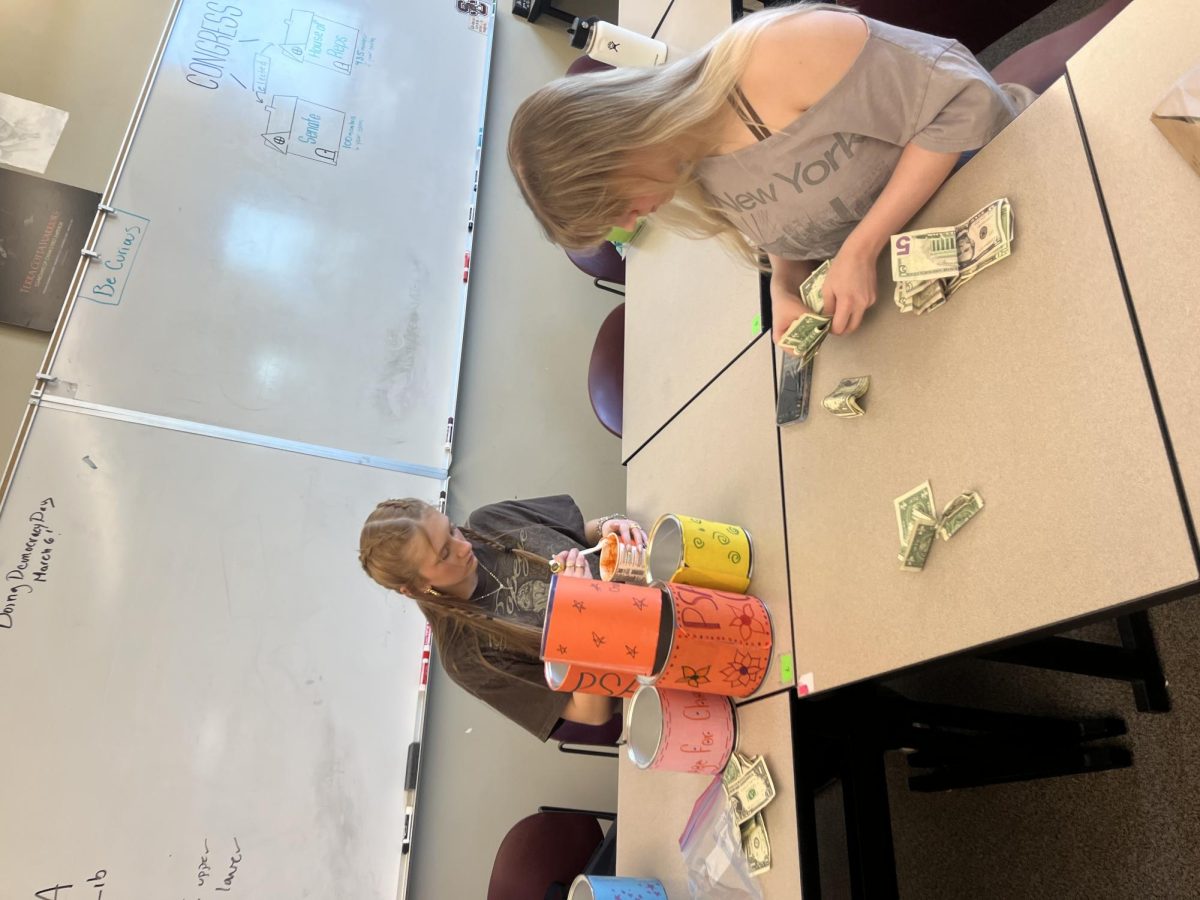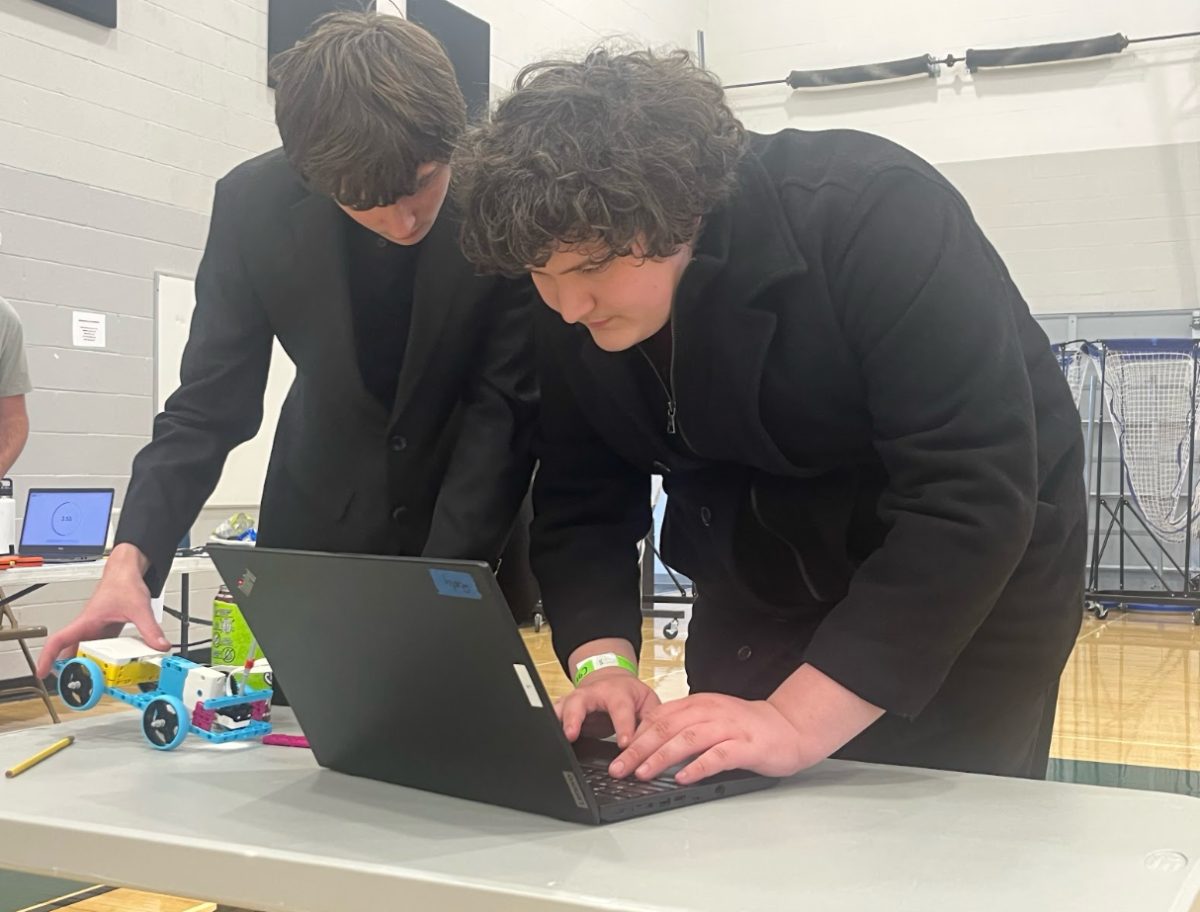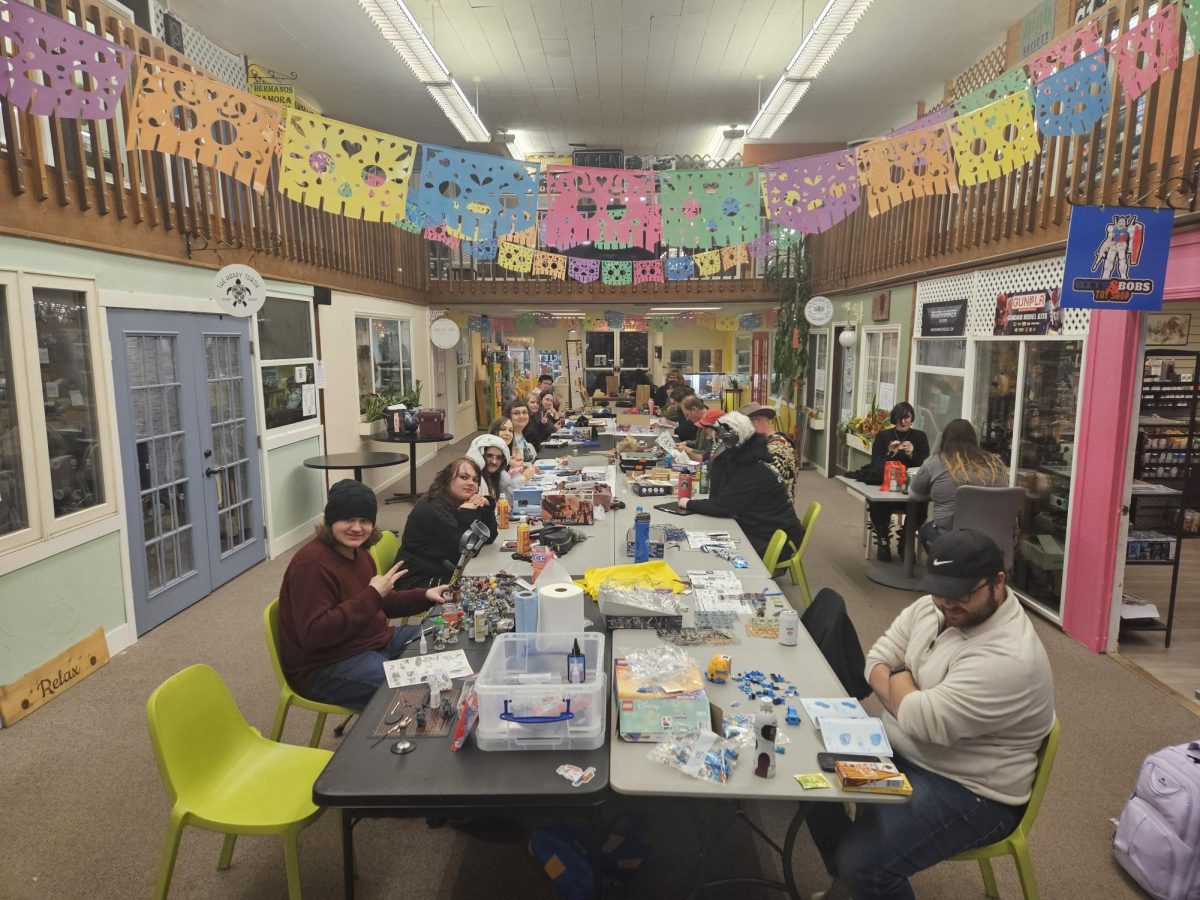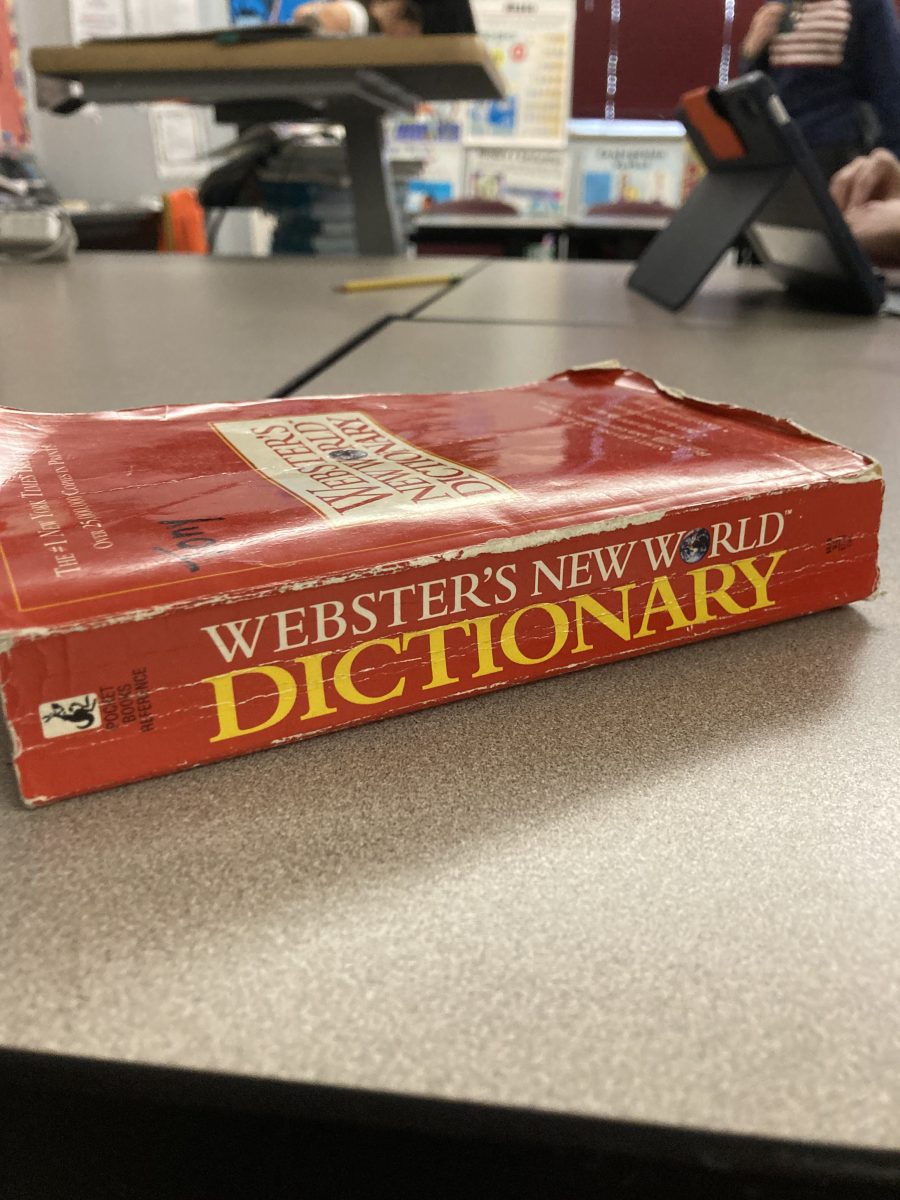Trigger warning: This article discusses self-harm and addictions. If you or a loved one need help, dial 988.
The hallway is way too loud, your sleeves are too short, and you feel ashamed of yourself. Last night it felt like a good idea: it felt good and in the moment there was a temporary relief. Now your cuts are starting to close and the fabric of your hoodie feels too itchy, too tight, even though it’s three times too big. All you want to do is go home and disappear into your room, away from the world.
Around 8.0% of youth report having participated in Non Suicidal Self Injury (NSSI) and about 17% of people have done so at some point during their lives. For perspective, this is over 1 in 10 people, and 1 in 14 youth in the United States.
Kristi Ehle-Parker, the Silver Creek High School interventionist, finds an upward trend in the rates of students who harm themselves.
”I feel like since Covid there has been more self-harm in high school students,” said Ehle-Parker.
Keisuke Ohnaka, Silver Creek High School Junior, lost his grandfather during the pandemic. In complete isolation, self-harm felt like the only way to release bottled-up emotions, which was very frequent during lockdown.
A student who wishes to remain anonymous talks about their experiences with self-harm as a means of immediate emotional relief.
“If I upset my friend or forget to do an assignment I would cut myself,” they said. “I think that there was a point when I just started hating the way I saw myself and I didn’t know how to make it feel right at that moment.”
“It was really difficult [to stop cutting] because the more I did it… [I started] developing an addiction,” Ohnaka states.
When most people think of the word “addiction” they think of drug addiction, but this isn’t the only form of addiction. Addictions start with doing something repeatedly over time you find yourself craving it, until you need it to function, like if you’re hungry and you can’t think about anything but getting food.
This applies to substance abuse and self-harm tendencies which give a rush of endorphins as a response to the pain, hence why the act of doing it can easily become addictive.
“I’ve never talked about my own experience [with self-harm] in a serious way,” the anonymous student says. “It’s always been a big point of shame for me so I just joke about it with my friends even though none of us think it’s funny.”
Addictions, however, are curable with the right people around and support.
“When I started finding better environments, I was more inclined to stop cutting,” Ohnaka said. “I asked my therapist how to stop, we threw away the blades, we hid them in places where I couldn’t reach them.”
The journey to recovery is difficult, there might be relapses, but keep going.
“I haven’t really cut for about a year, I’ve had a couple of minor relapses but it hasn’t been to the same extent it used to be when it was pretty much every single day,” the anonymous student says.
Finally, after struggling to stop your arms are completely healed, just scars left behind. Your I Am Sober app shows a whopping 10 months clean. It wasn’t easy, it’s just a lie to claim that it was, there are still moments when you want to go back and that’s okay.

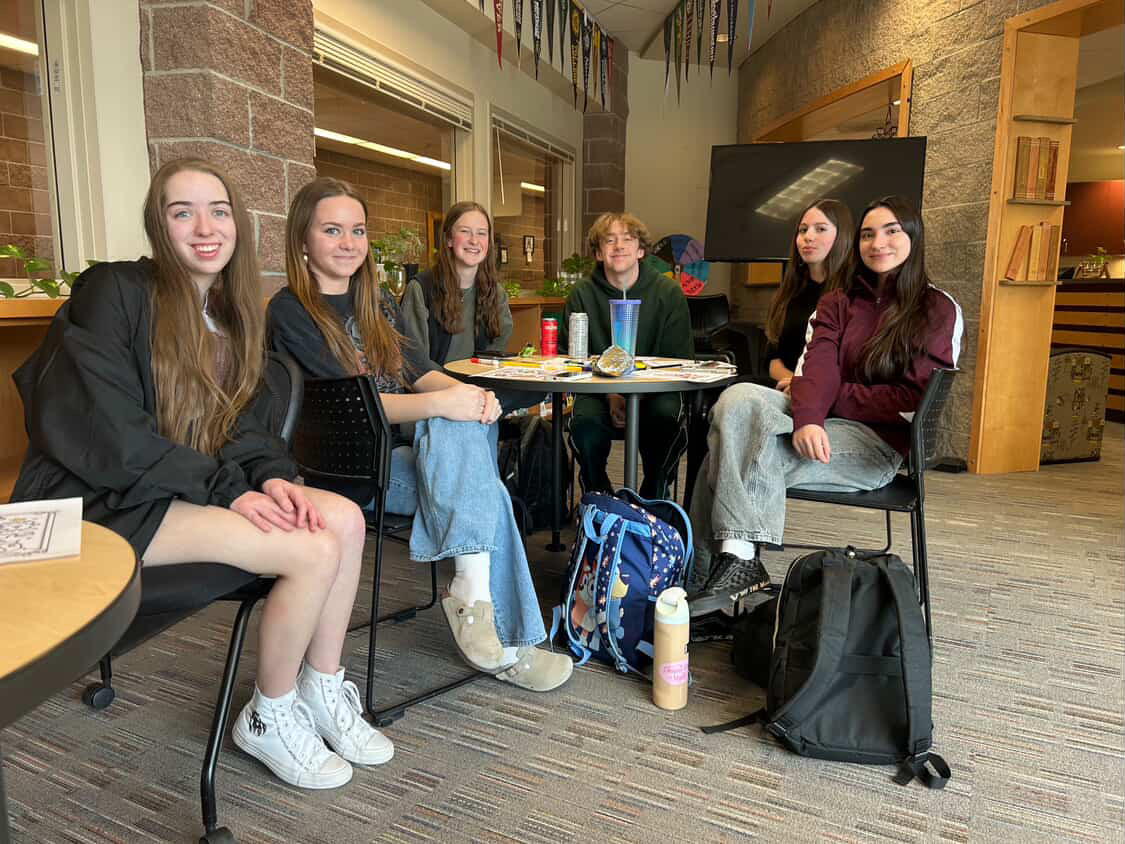
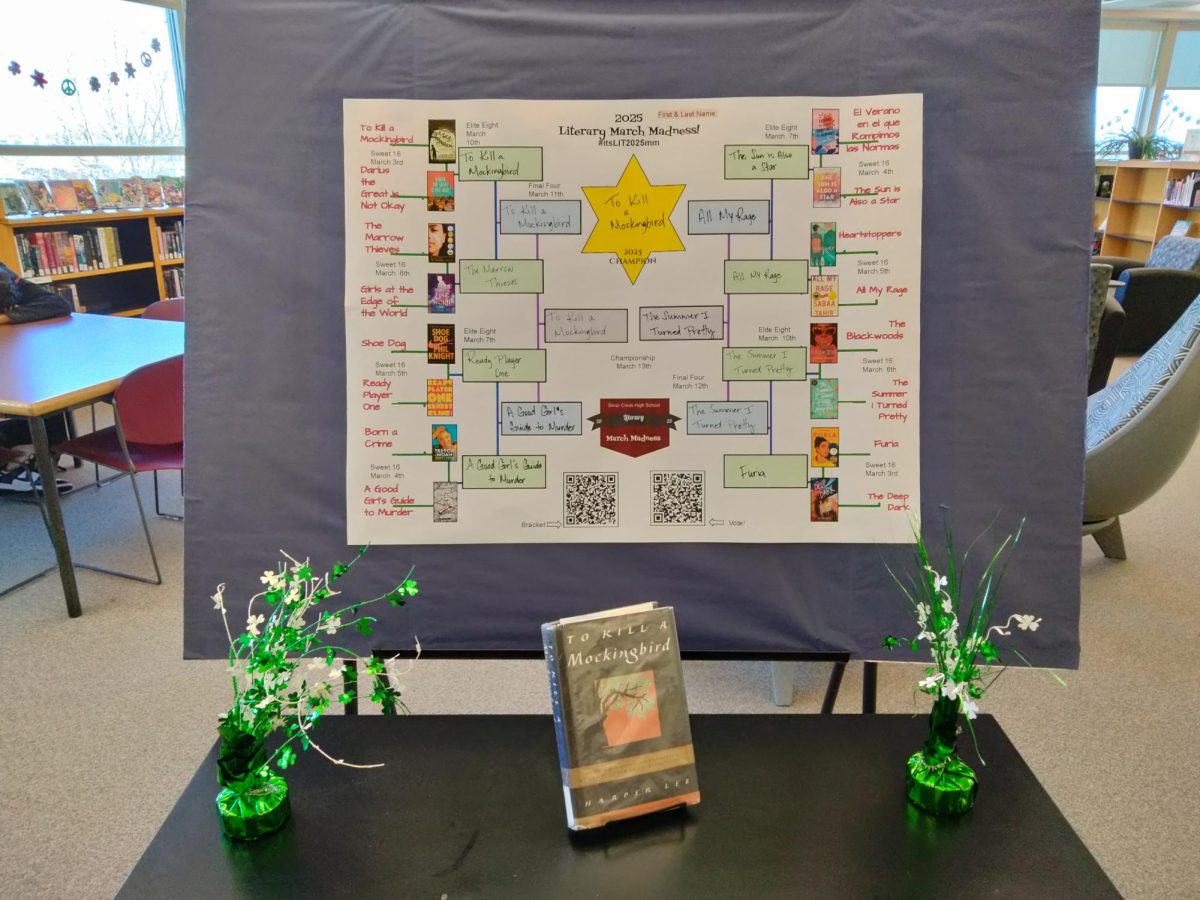


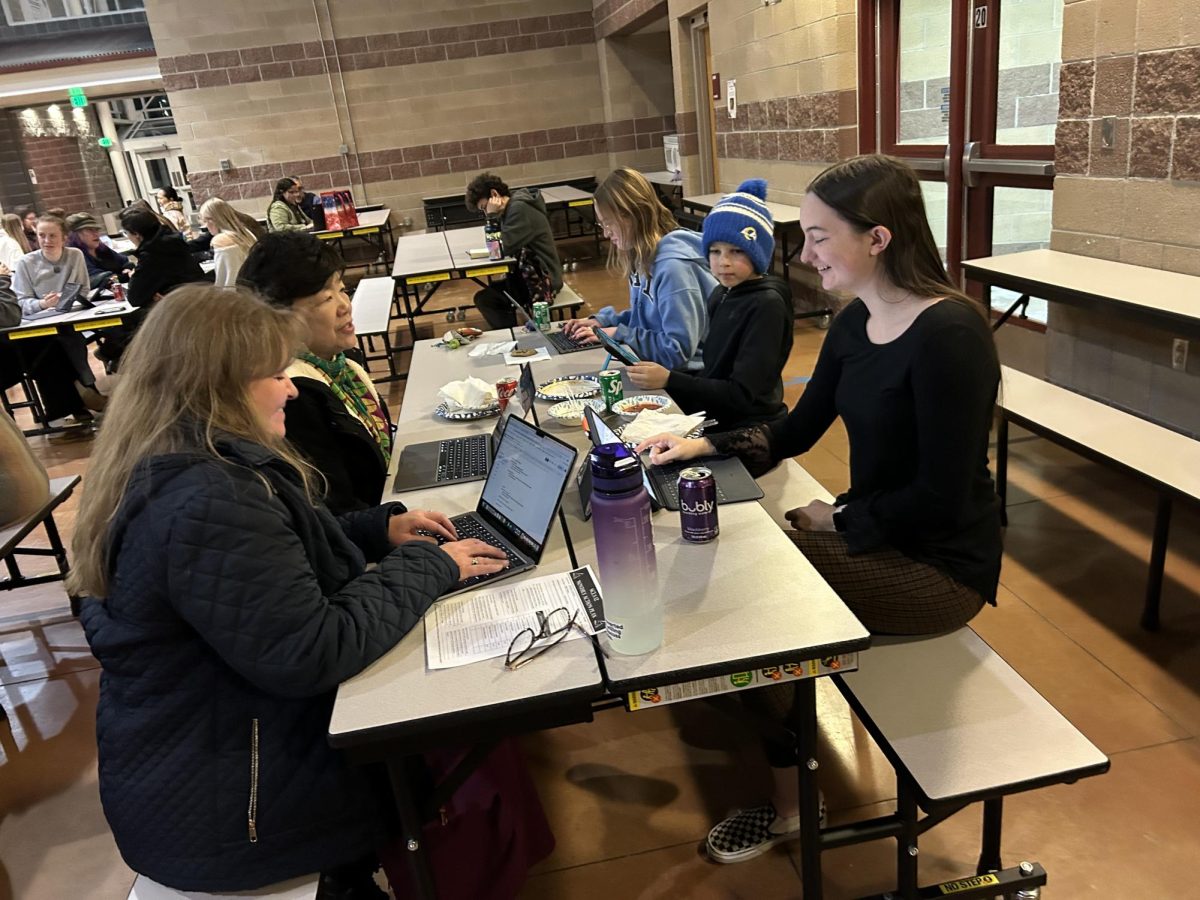
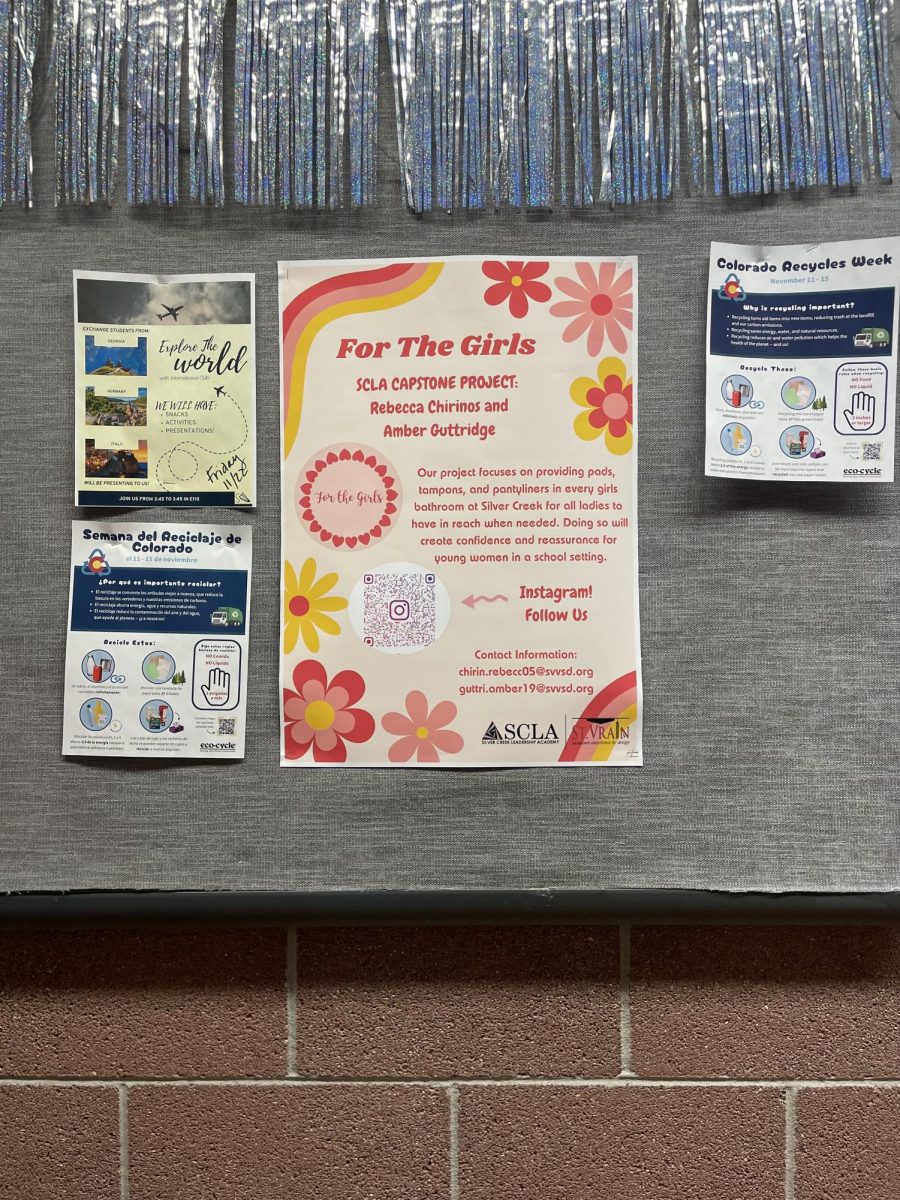
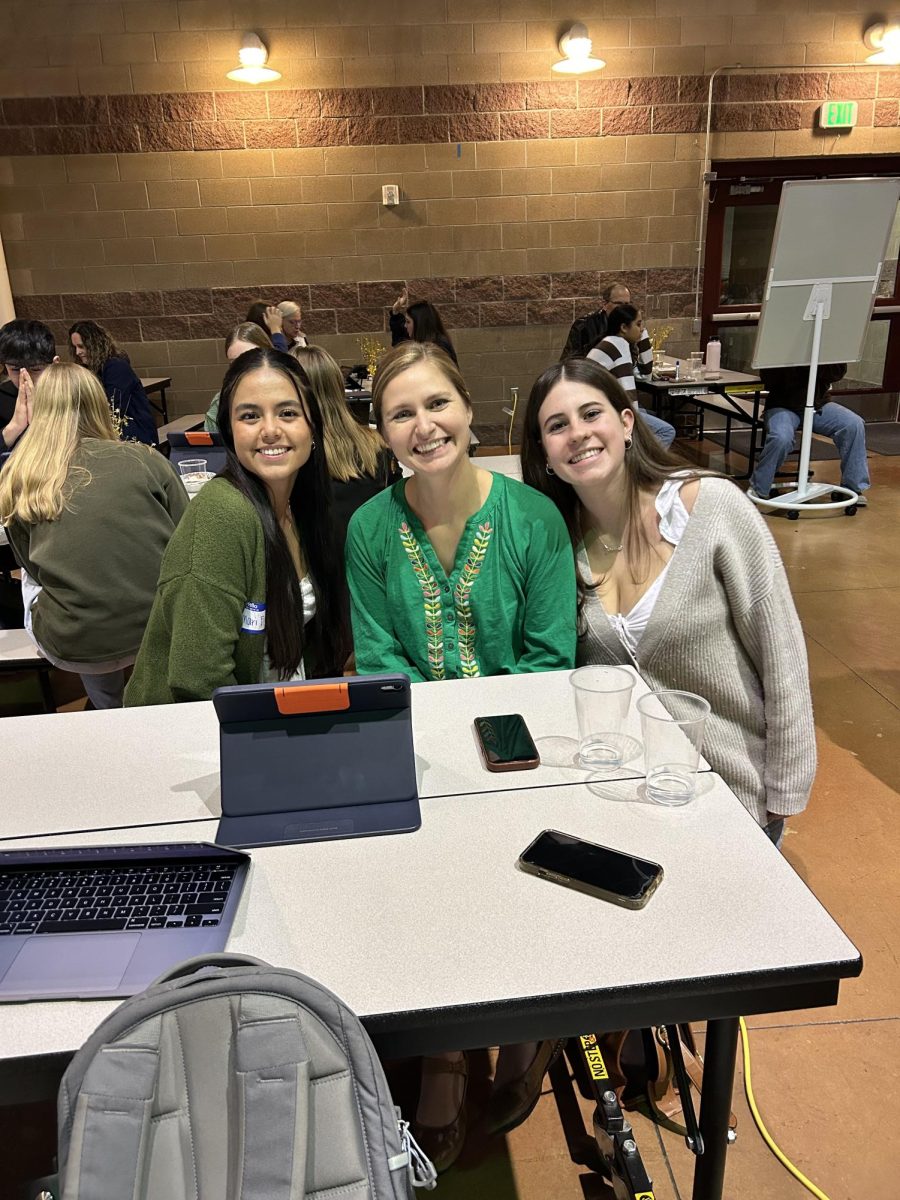
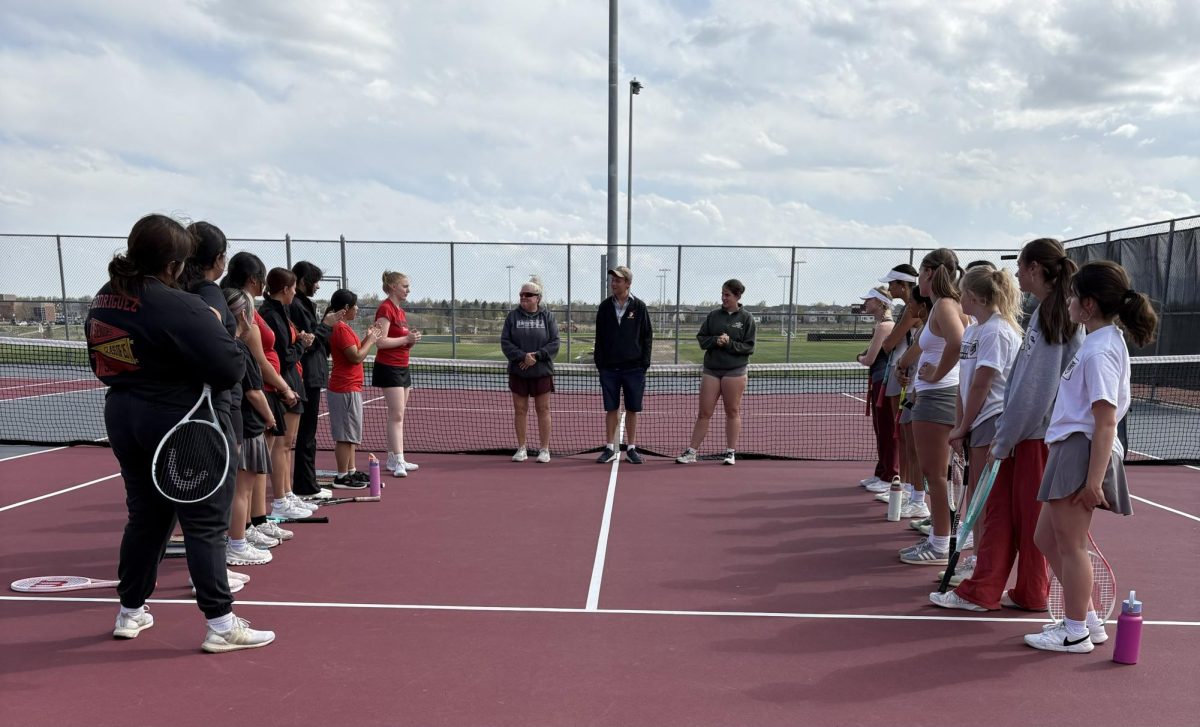

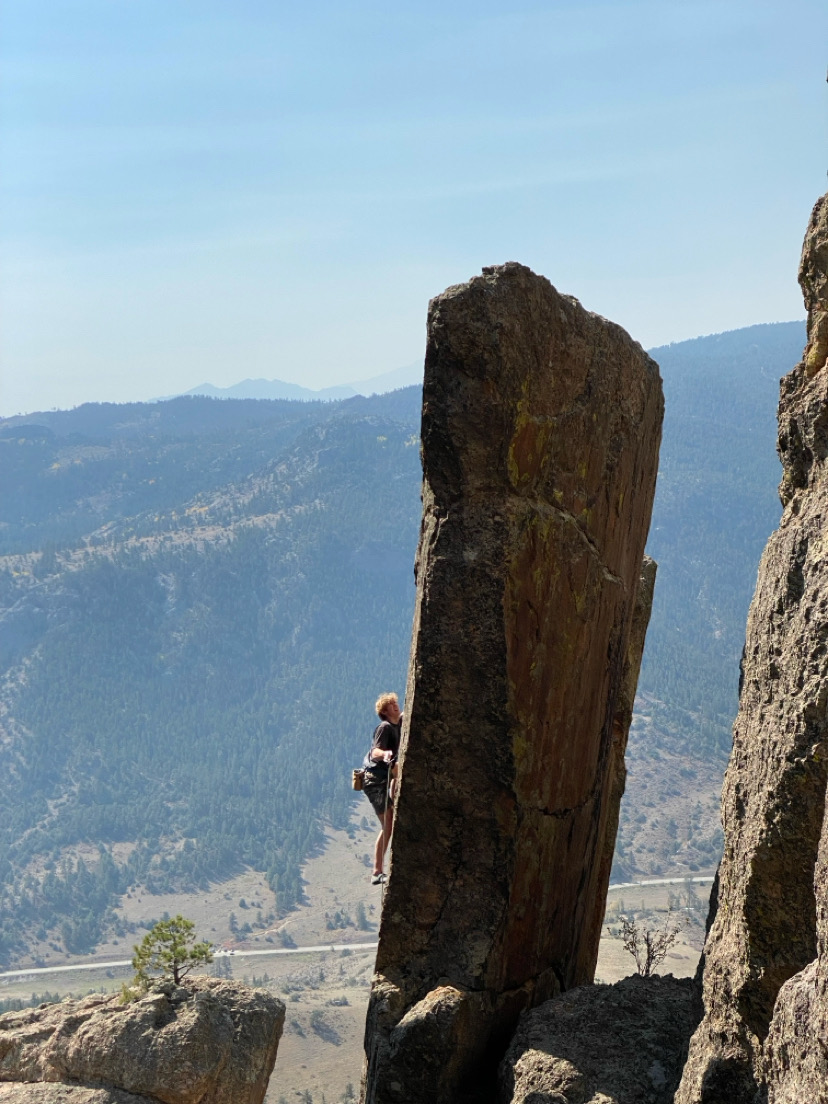
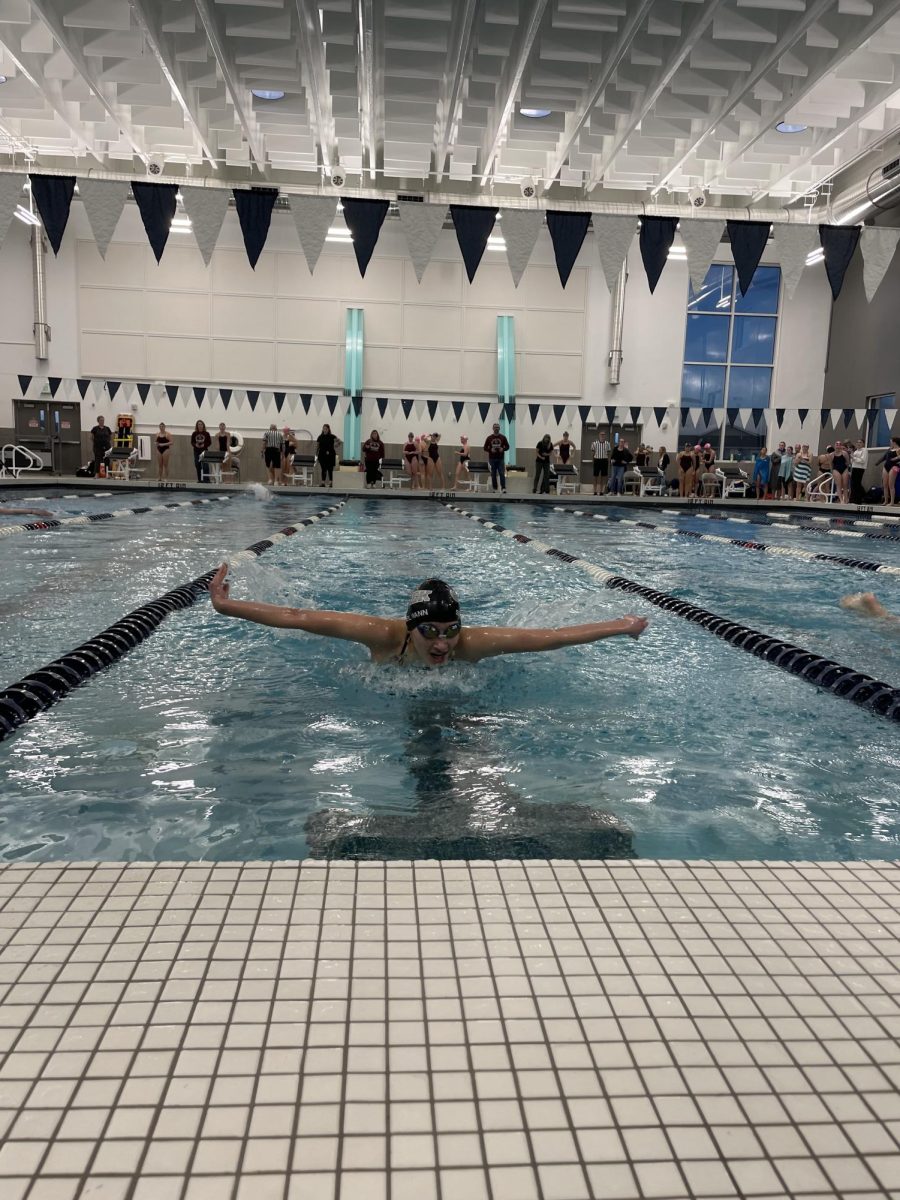
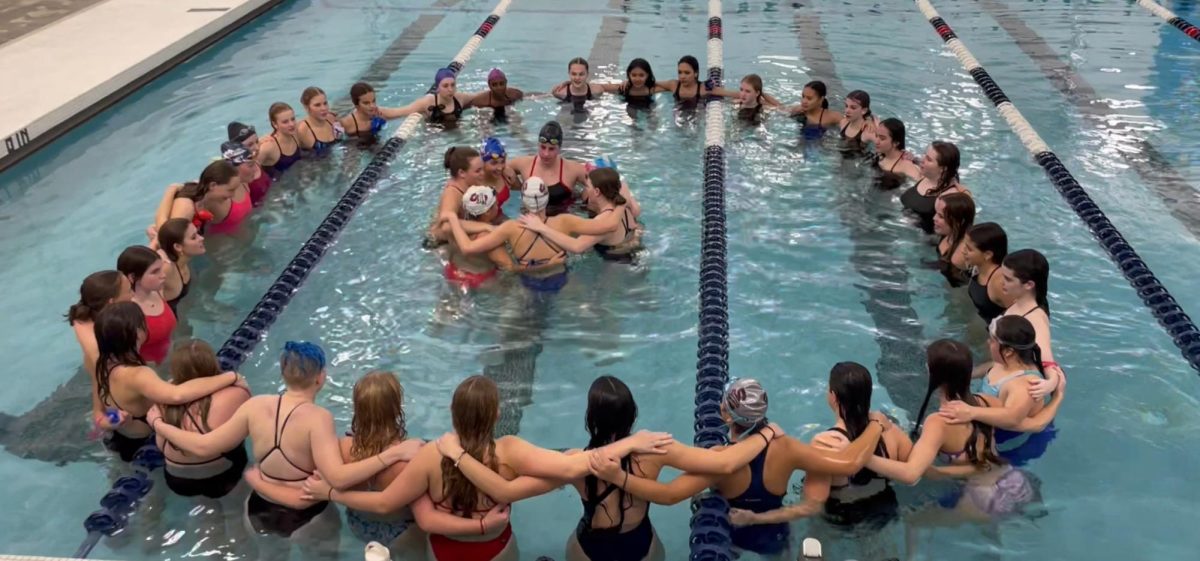

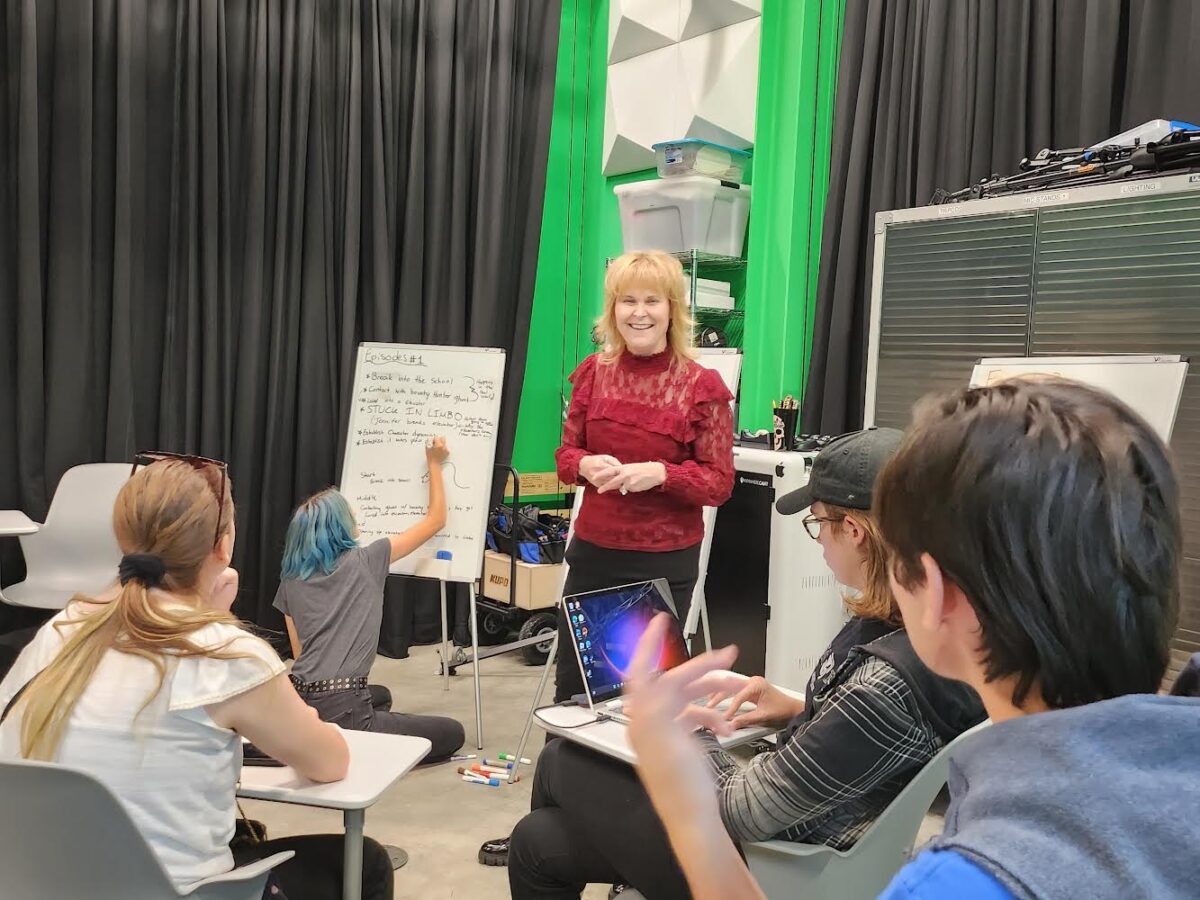


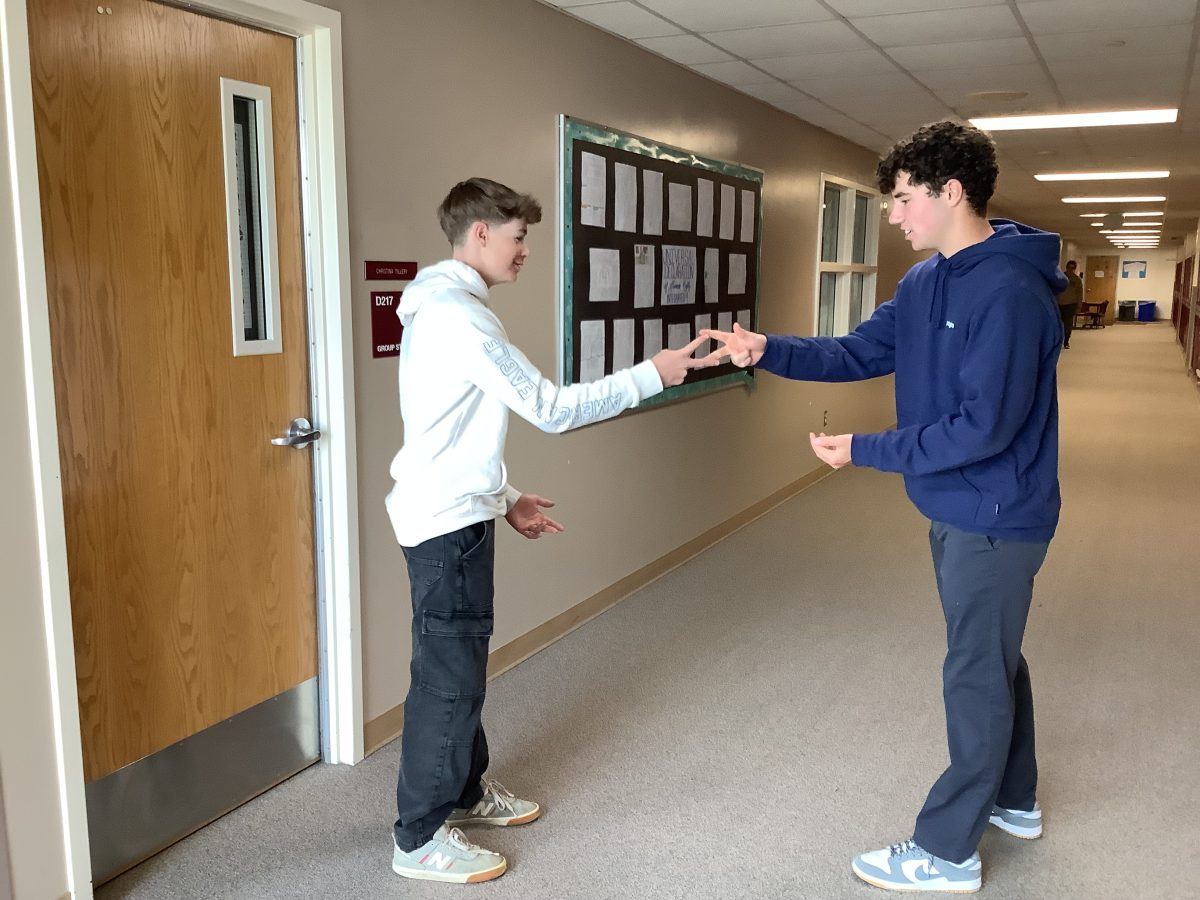

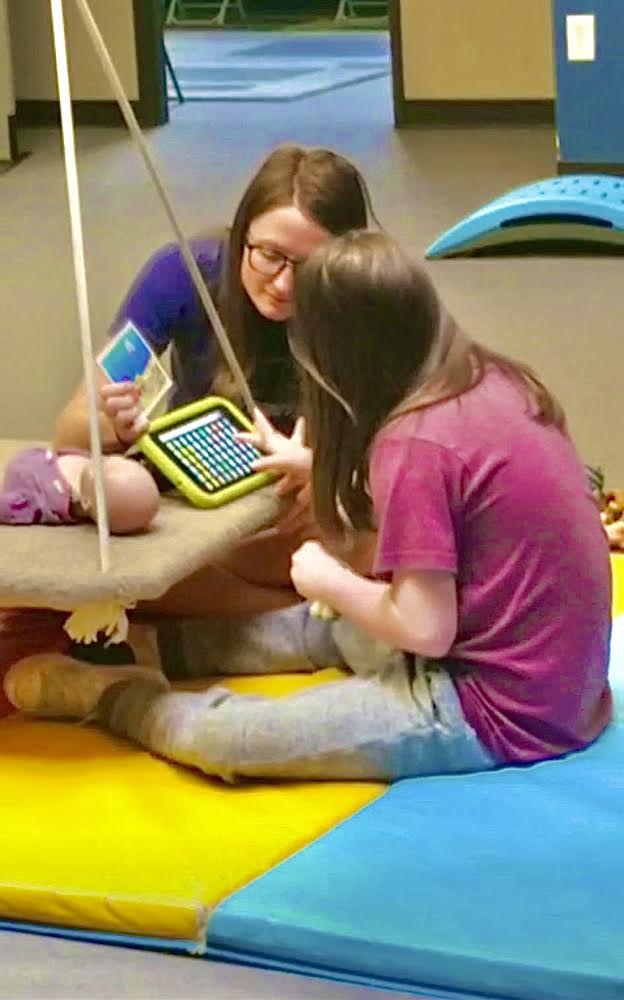
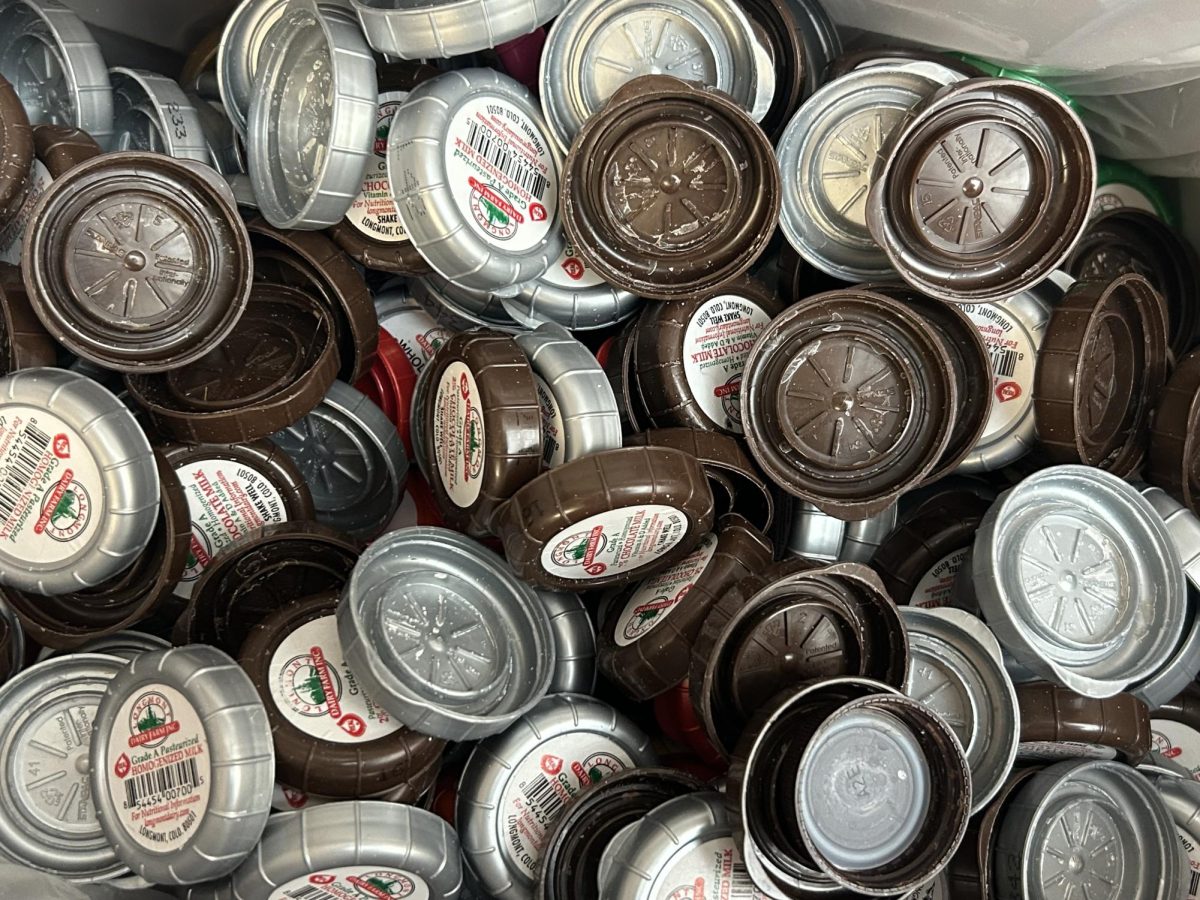
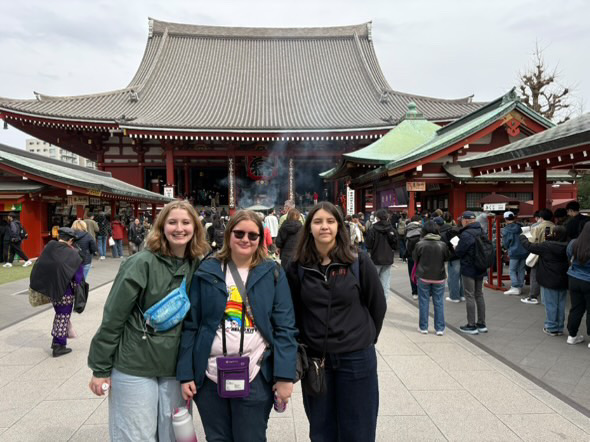
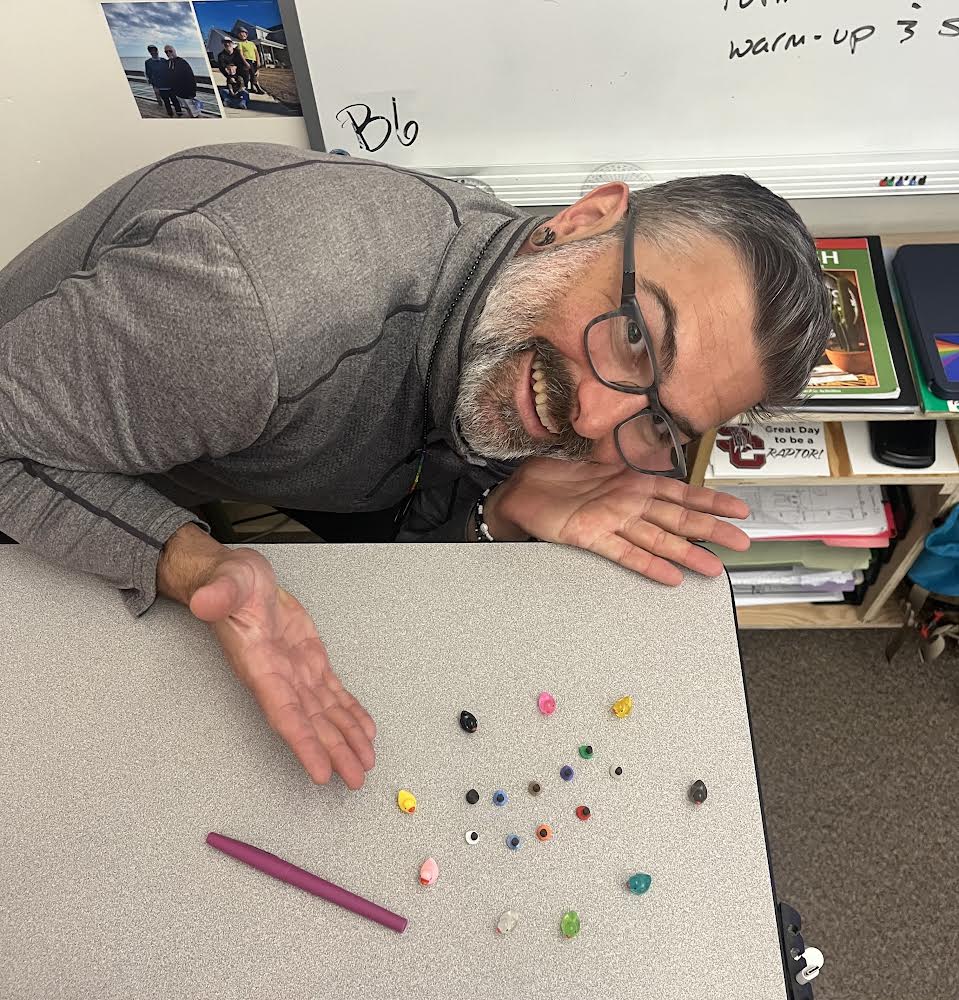
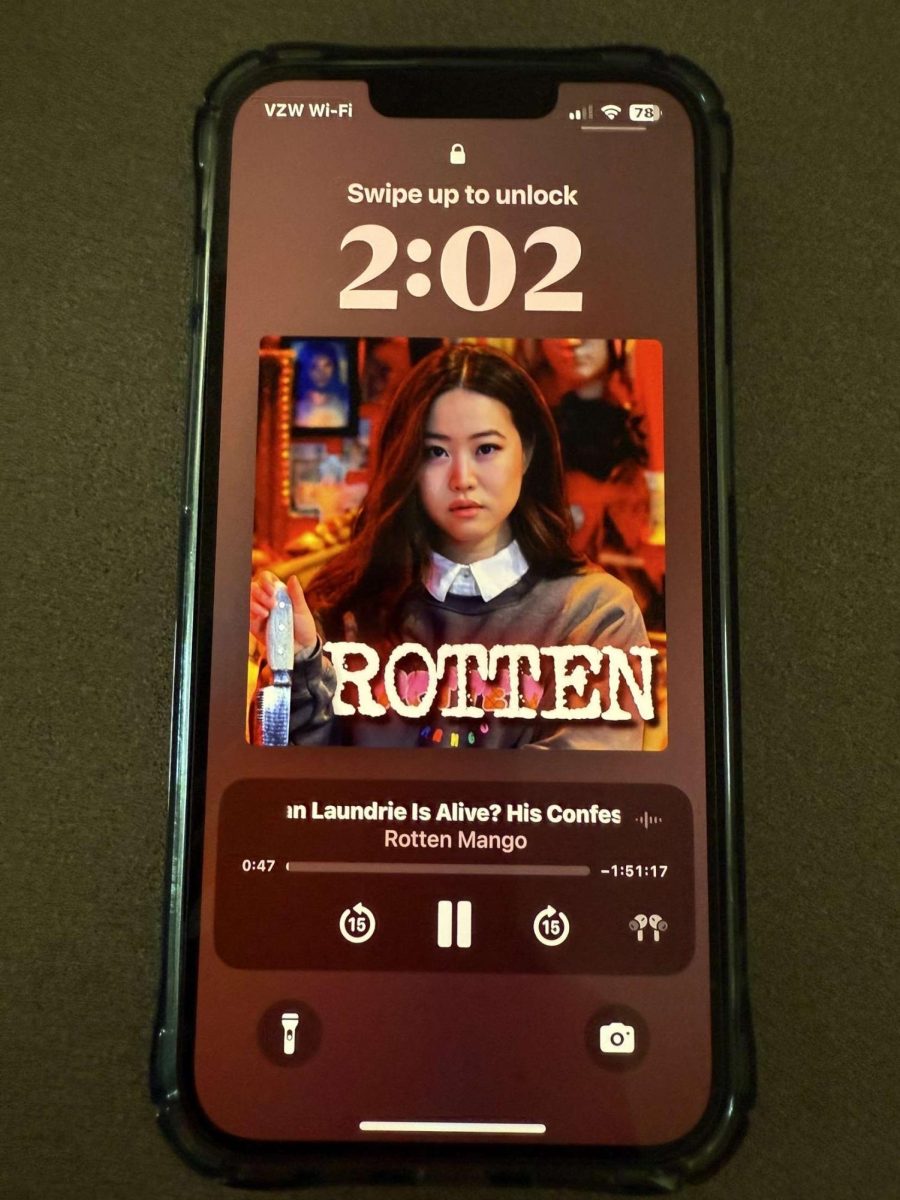
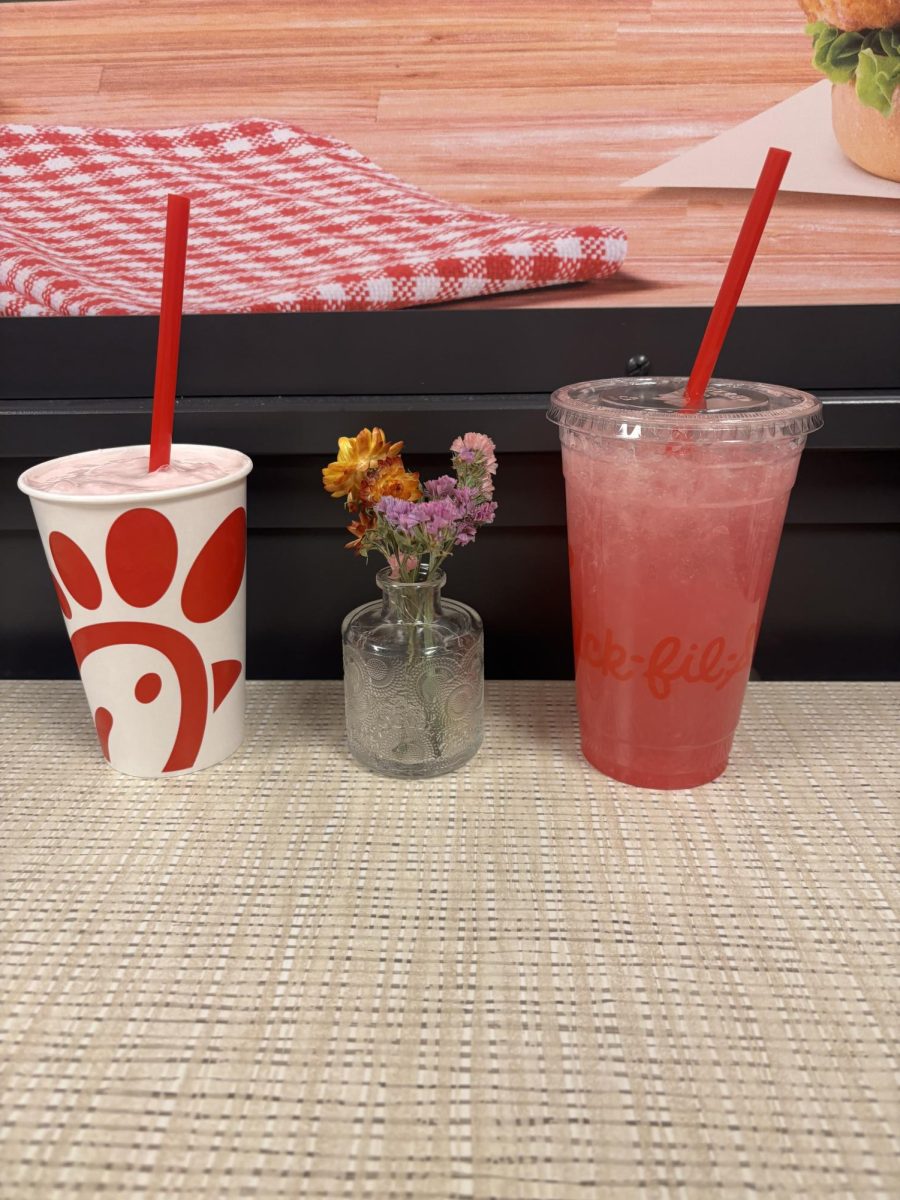
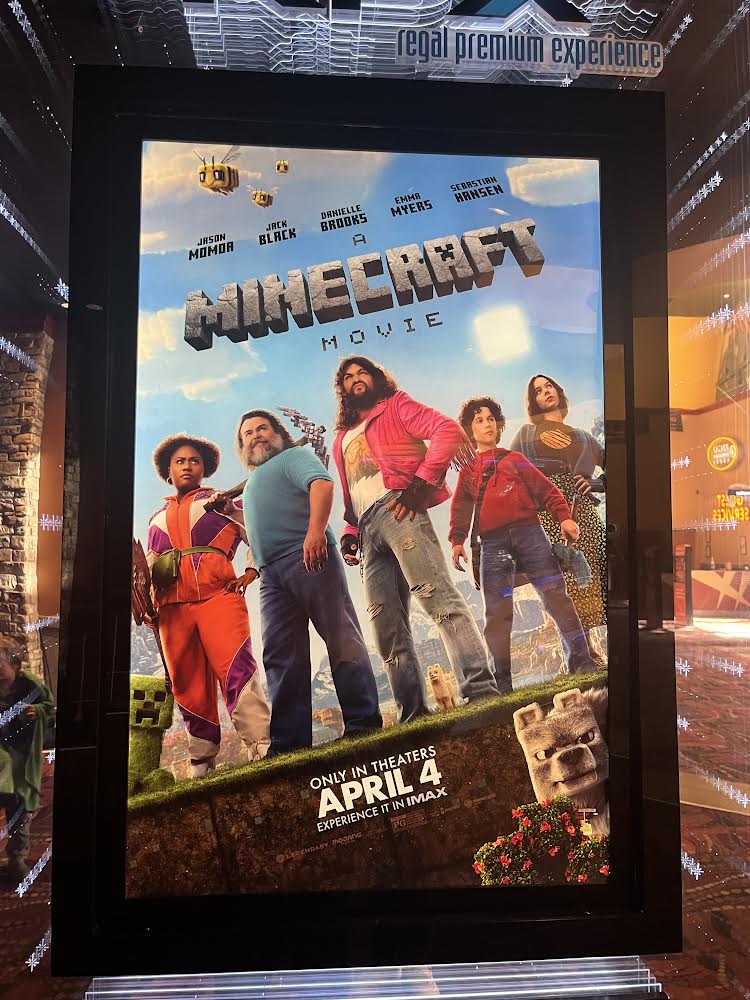
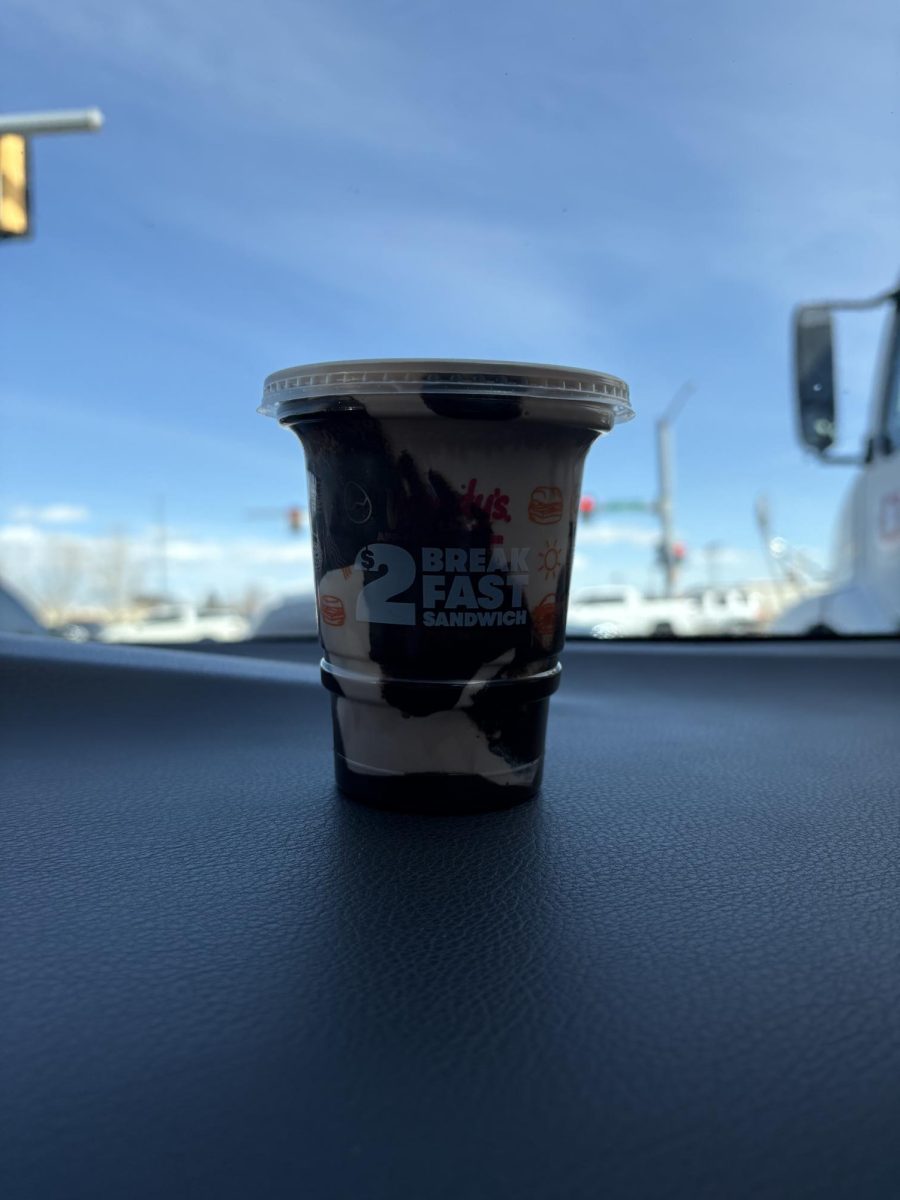

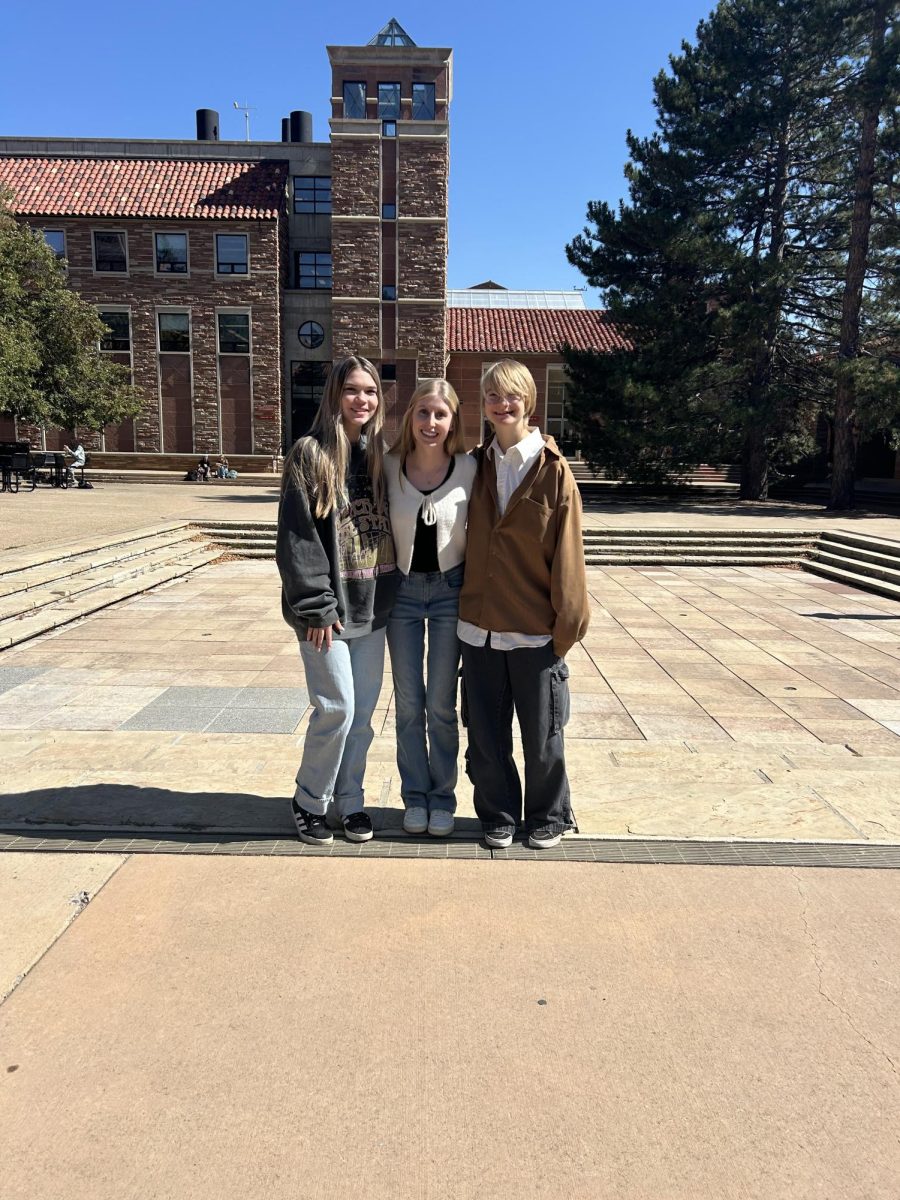
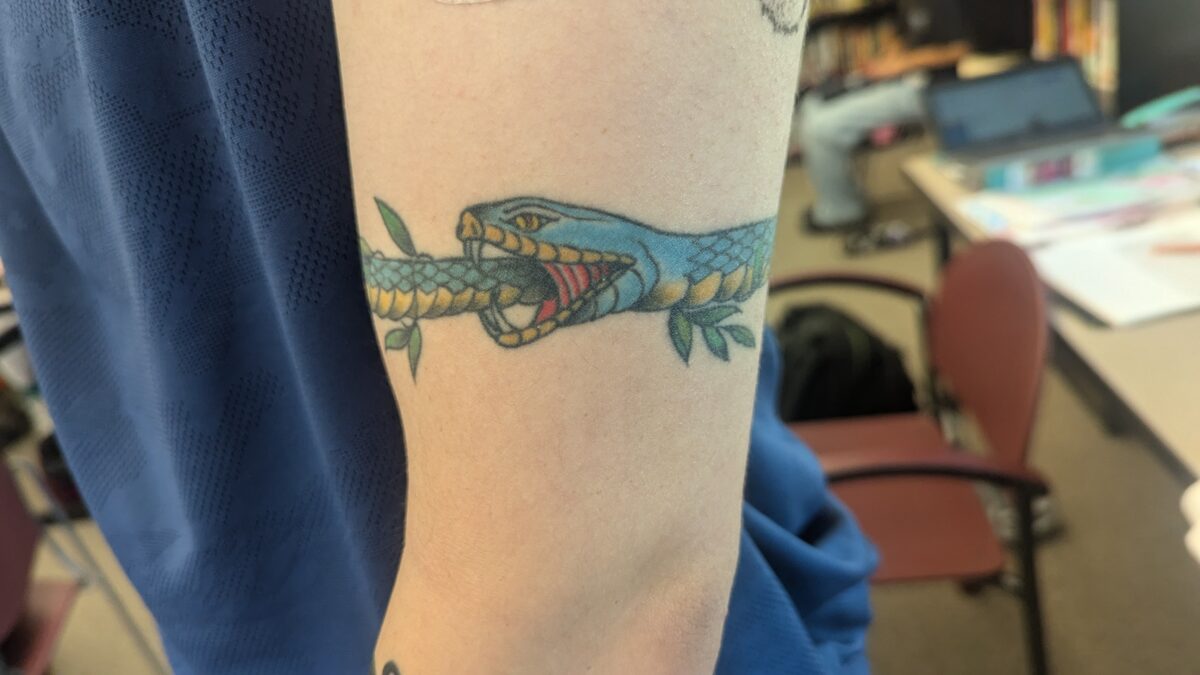
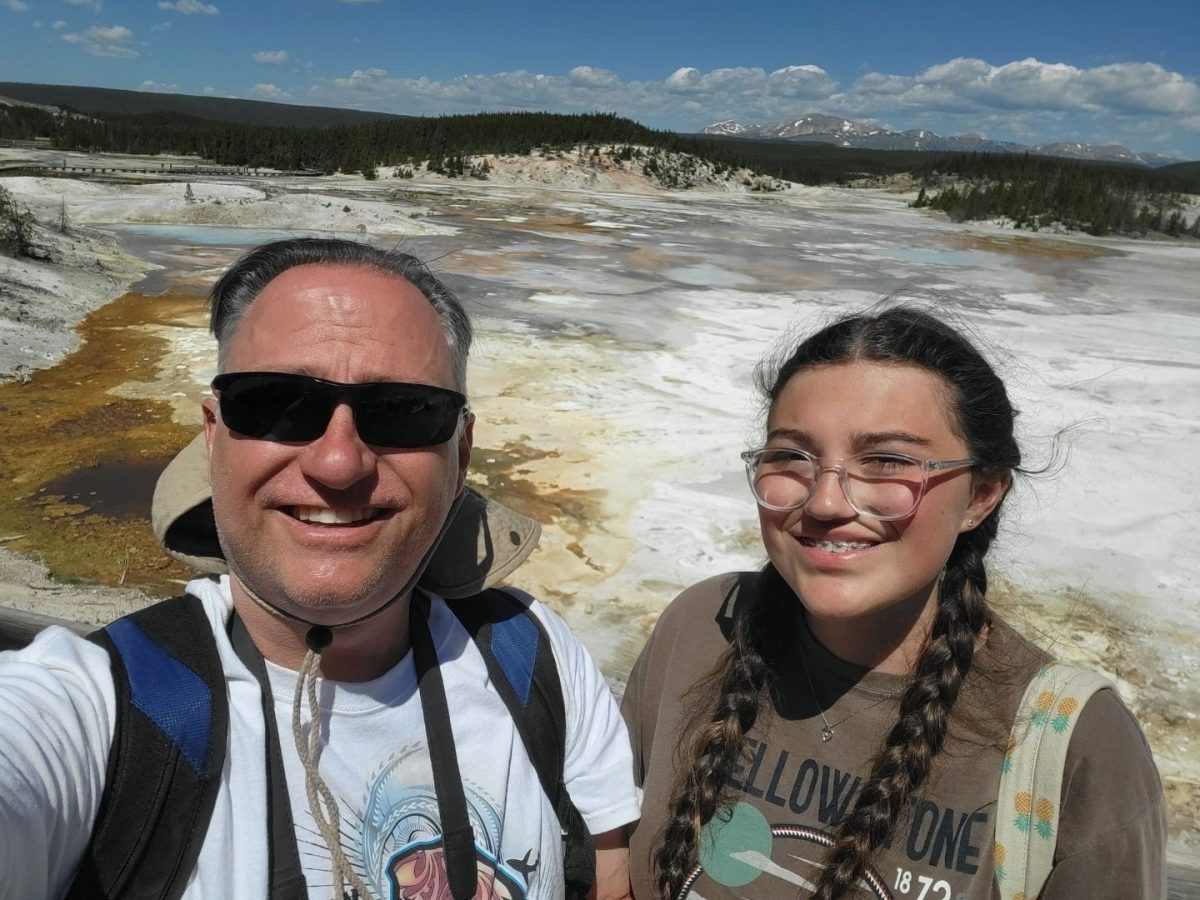
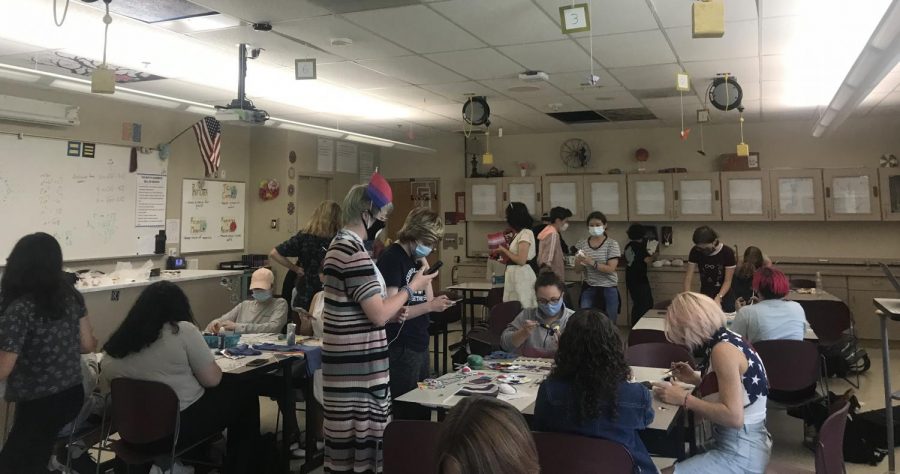

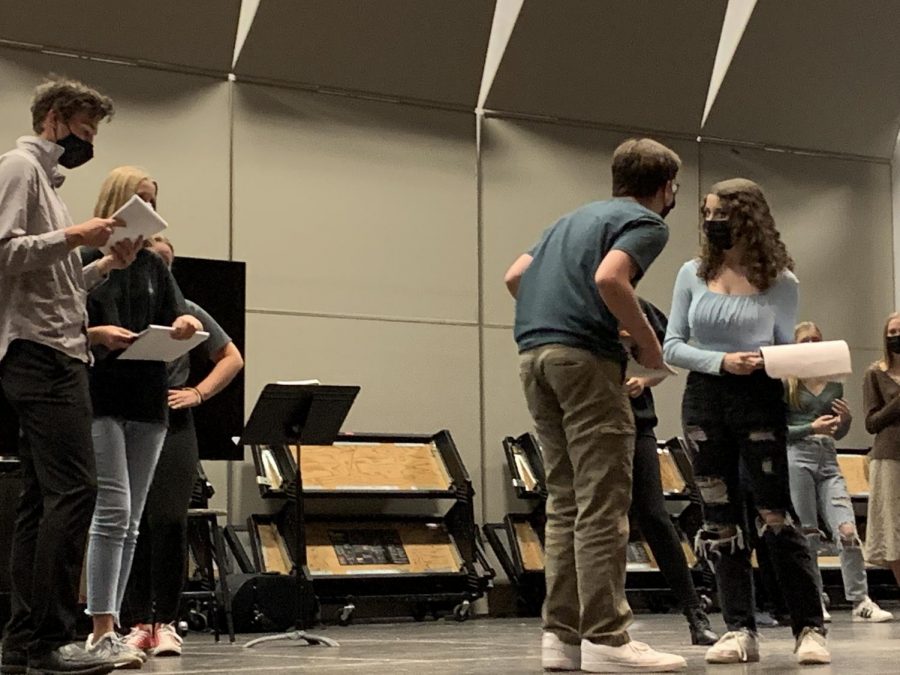
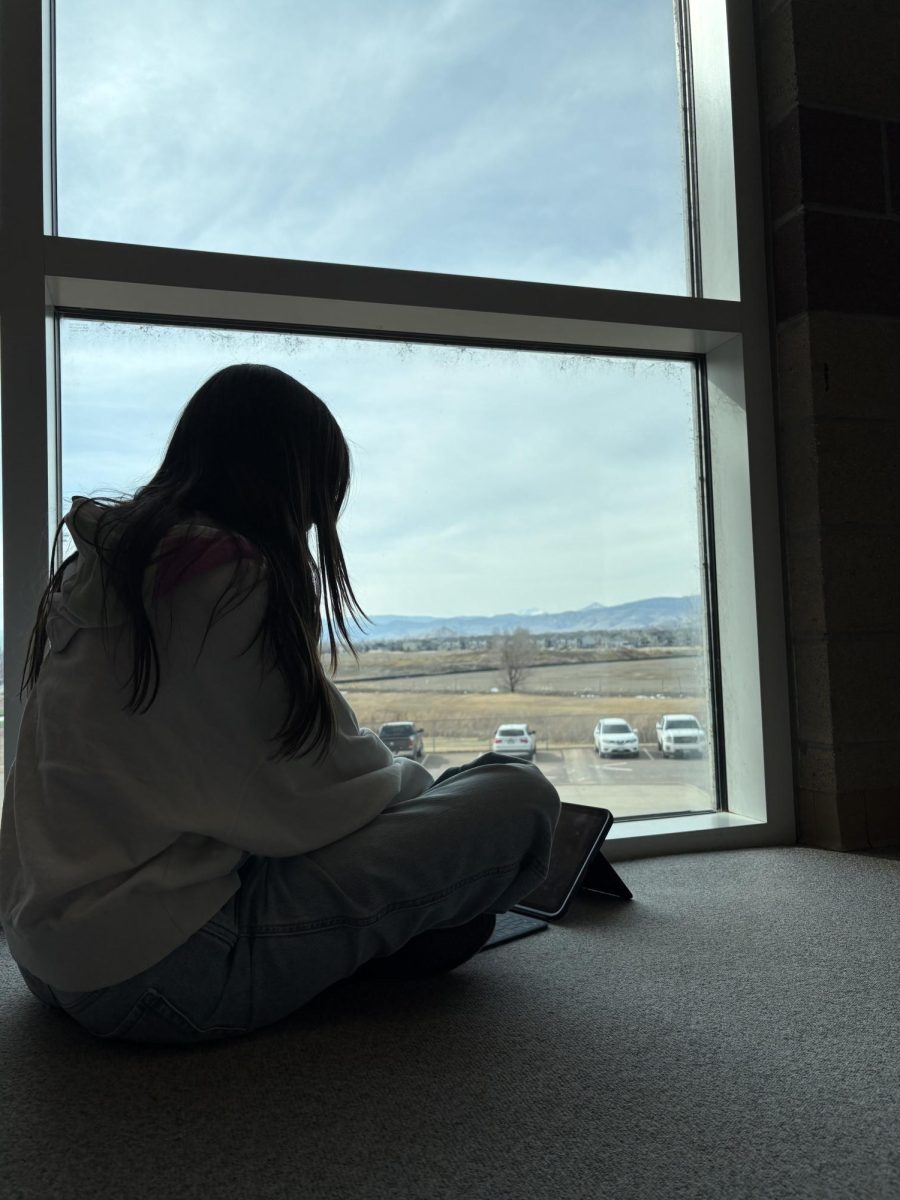

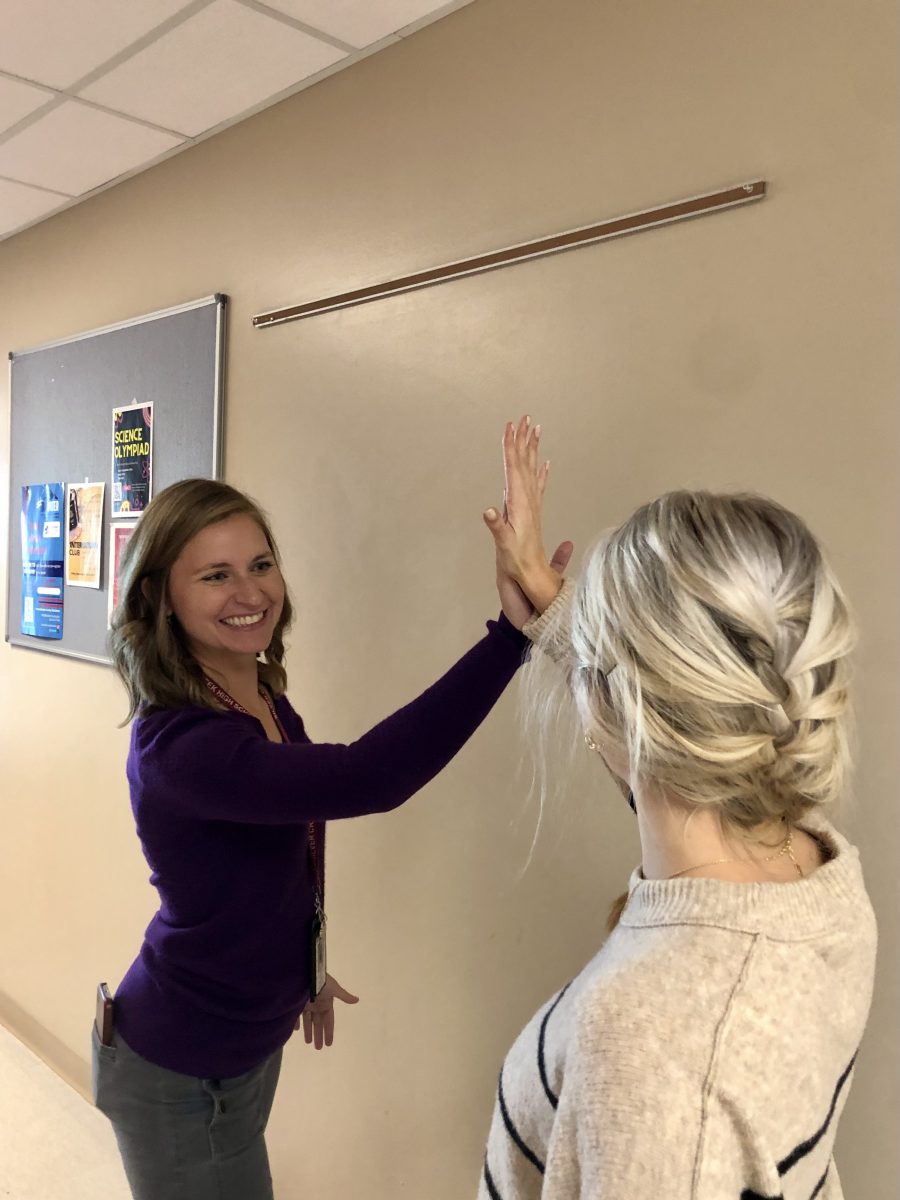
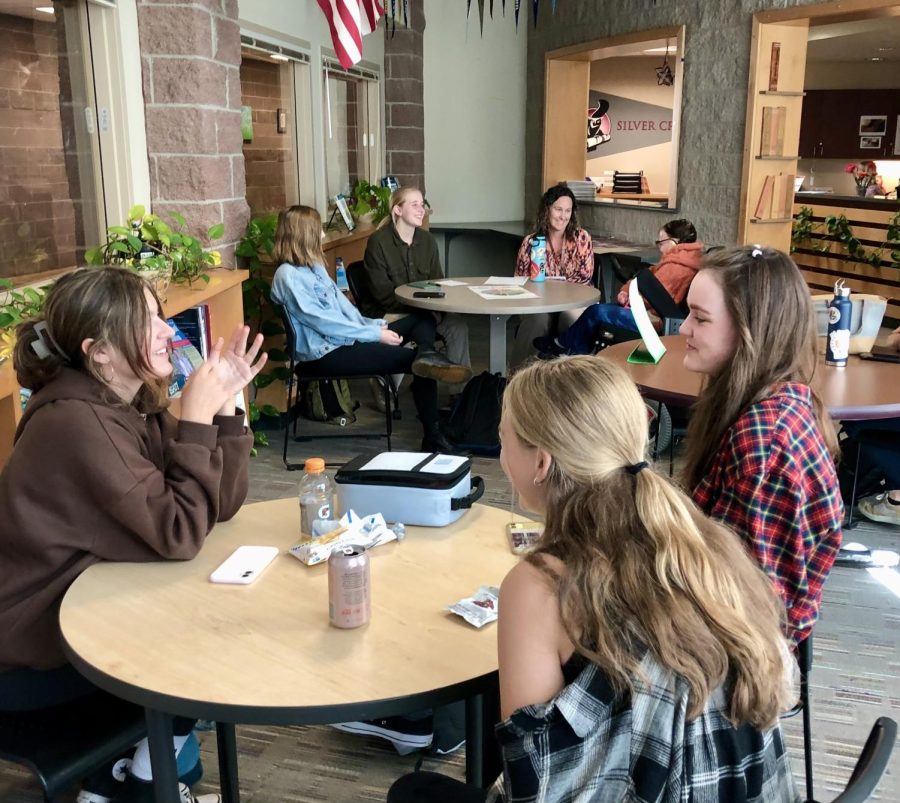

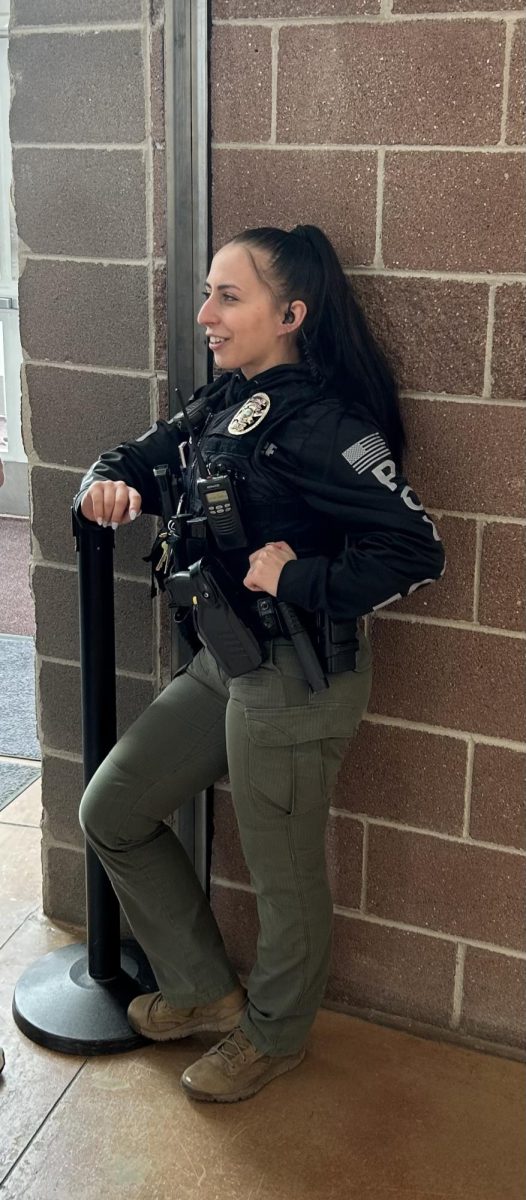


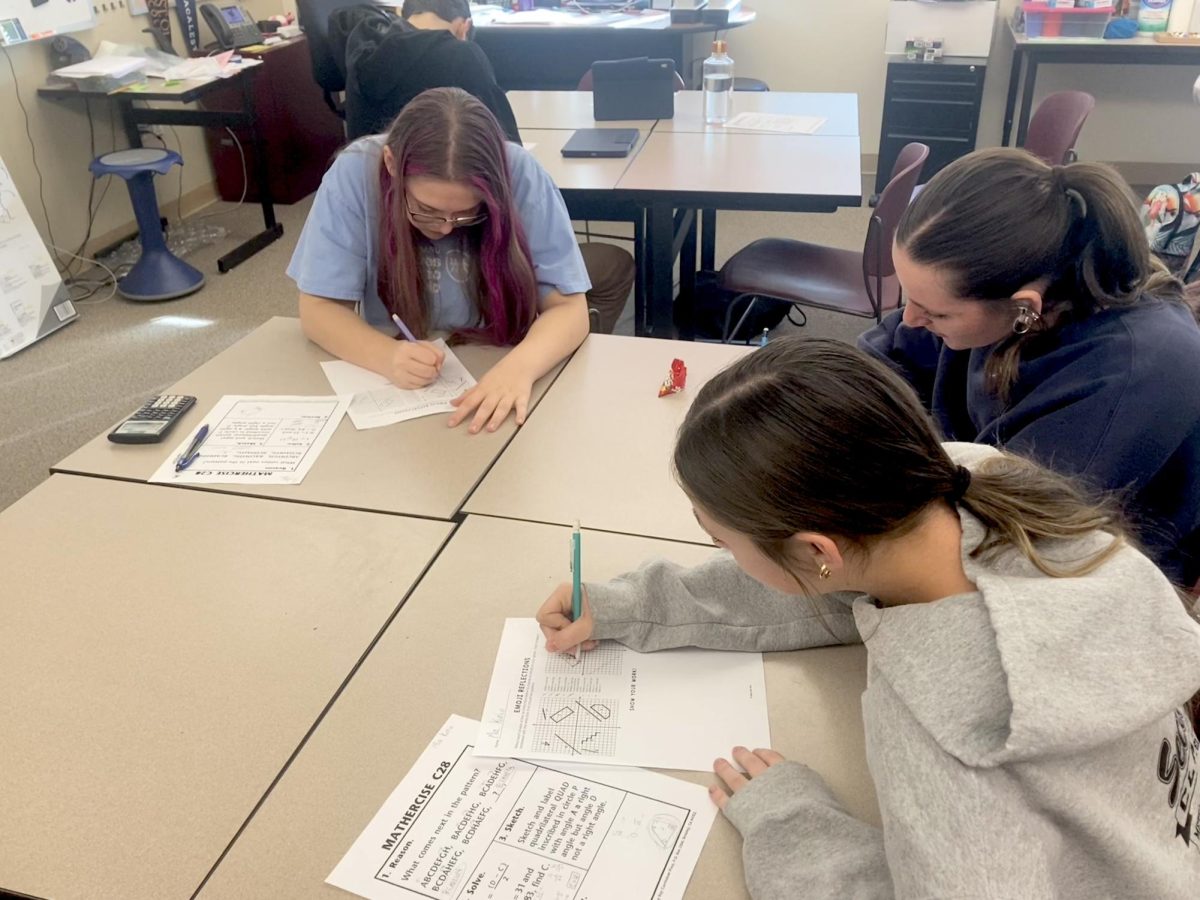
![Hosting the SCLA Casptone Mentor Dinner outside allowed for more attendees on September 27, 2021 at Silver Creek. This event would’ve usually been held inside. According to Lauren Kohn, a SCLA 12 teacher, “If we have a higher number of people, as long as we can host the event outside, then that seems to be keeping every[one] safe”.](https://schsnews.org/wp-content/uploads/2021/11/sxMAIGbSYGodZkqmrvTi5YWcJ1ssWA08ApkeMLpp-900x675.jpeg)

